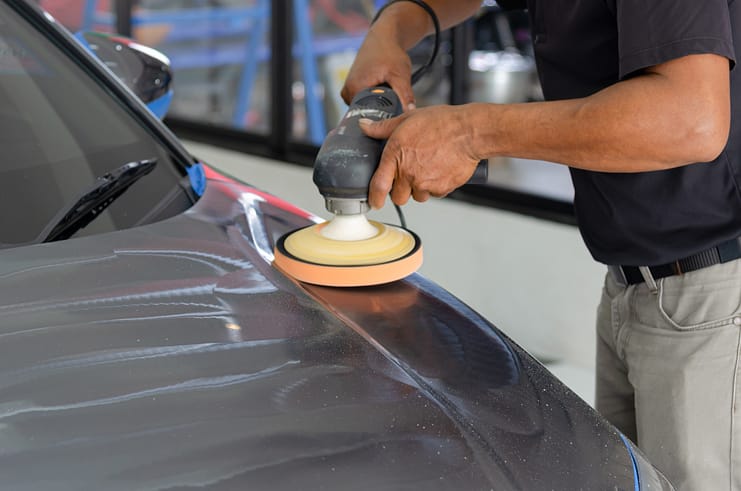The Choice After the Crash
After a collision, one of the many decisions you’ll face is what kind of replacement parts to use for your vehicle’s repairs. You’ll likely be presented with two options: Original Equipment Manufacturer (OEM) parts or aftermarket parts. While both have their place, understanding the differences is crucial to making the best choice for your car, your safety, and your wallet.
OEM Parts: The Gold Standard
OEM parts are made by the same manufacturer that produced your car’s original components. These parts are designed to meet the exact specifications of your vehicle, ensuring a perfect fit, optimal performance, and compatibility with other systems. Moreover, they are rigorously tested for quality and safety, meeting or exceeding industry standards.
Benefits of OEM Parts:
- Safety: OEM parts undergo rigorous testing to ensure they meet strict safety standards, giving you peace of mind that your car is as safe as it was before the accident.
- Quality: Manufactured with high-quality materials and precision engineering, OEM parts are designed to last, maintaining your vehicle’s value and performance over time.
- Warranty: Most OEM parts come with a manufacturer’s warranty, providing additional protection and assurance of their quality.
- Resale Value: Using OEM parts can help preserve your car’s resale value, as potential buyers are often willing to pay more for a vehicle with original parts.
- Fit and Finish: OEM parts are designed to fit perfectly, ensuring a seamless look and avoiding potential issues with alignment or functionality.
Aftermarket Parts: The Budget-Friendly Option
Aftermarket parts are produced by third-party manufacturers and are often more affordable than OEM parts. While they may seem like a tempting option for budget-conscious consumers, it’s important to consider their potential drawbacks.
Drawbacks of Aftermarket Parts:
- Quality Control: The quality of aftermarket parts can vary significantly, as they may not be subject to the same rigorous testing as OEM parts.
- Fit and Finish: Aftermarket parts may not fit as precisely as OEM parts, potentially leading to issues with alignment, noise, or even safety.
- Warranty: Aftermarket parts may come with a warranty, but it may not be as comprehensive as an OEM warranty.
- Performance: Aftermarket parts may not perform as well as OEM parts, potentially impacting your vehicle’s handling, fuel efficiency, or longevity.
- Resale Value: Using aftermarket parts can negatively impact your car’s resale value, as potential buyers may be wary of non-original components.
Making an Informed Decision
When choosing between OEM and aftermarket parts, consider your priorities. If safety, quality, and resale value are your top concerns, OEM parts are often the best choice. However, if you’re on a tight budget and willing to sacrifice some quality and performance, aftermarket parts might be an option.
Why Autoworks Chooses OEM
At Autoworks of Atlanta, we prioritize your safety and satisfaction. That’s why we use OEM parts whenever possible for our collision repairs. We believe that these parts offer the best combination of quality, safety, and performance, ensuring that your vehicle is restored to its pre-accident condition.
Invest in Your Car’s Future
Choosing the right parts for your collision repair is an investment in your car’s future. While aftermarket parts may save you money upfront, they could cost you more in the long run due to potential issues with quality, performance, and resale value. By choosing OEM parts, you’re not only protecting your investment but also ensuring your safety on the road. At Autoworks of Atlanta, we’re committed to helping you make the best decision for your car and your peace of mind


